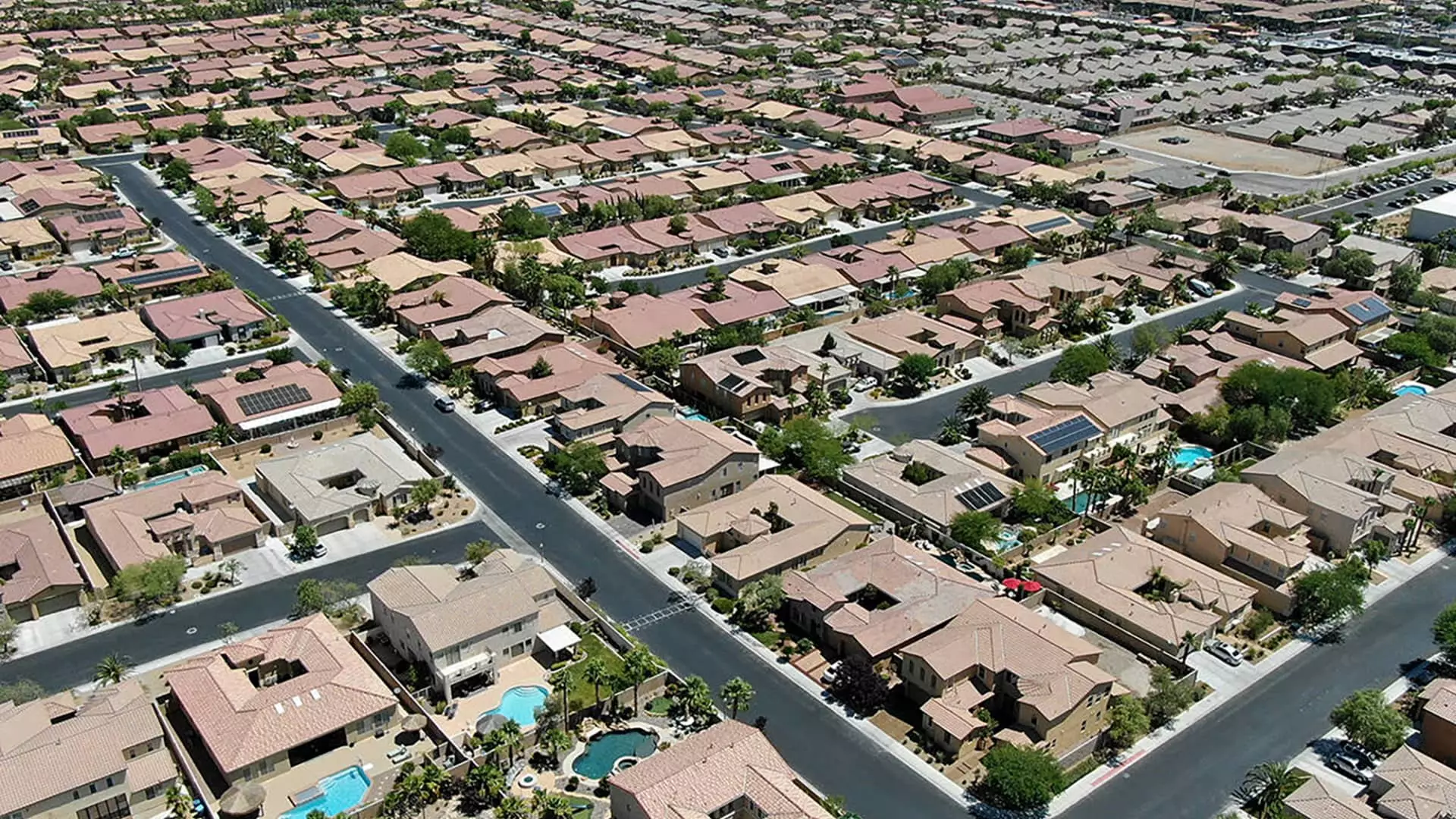In November, the real estate market saw a notable increase in the sale of previously owned homes, registering a 4.8% rise compared to October. Data from the National Association of Realtors reveals that the seasonally adjusted annualized sales rate reached 4.15 million units. This impressive uptick marks a significant 6.1% increase year-over-year, highlighting a robust rebound in the housing sector. The increasing sales figures suggest that buyer confidence may be returning, despite fluctuations in mortgage rates that have characterized recent months.
Several factors contribute to the renewed momentum in home sales. Lawrence Yun, chief economist for the NAR, pointed out that the job market is showing positive growth, which often correlates with increased consumer confidence and purchasing power. Additionally, there has been a gradual rise in housing inventory, making more options available for prospective buyers. The stabilization of mortgage rates fluctuating between 6% and 7% has also played a critical role, as buyers adapt to the new economic landscape. The available housing inventory stood at approximately 1.33 million units at the end of October, a significant increase of 17.7% from the previous year, which is crucial for meeting the growing demand.
Despite the increase in supply, the pressure on home prices persists. In November, the median home price climbed to $406,100, reflecting an annual increase of 4.7%. This growth in prices can disproportionately impact first-time home buyers, underscoring the challenges they face in affording a home amid rising costs. Regional data illustrates that the Northeast and Midwest experienced the highest price gains, which are indicative of broader trends in market desirability and demand. Notably, around 18% of homes were sold above the listing price, emphasizing the high competition among buyers in a constrained market.
First-time home buyers appear to be gaining some market share, accounting for 30% of sales in November, a slight rise from 27% in October. However, this is still lower than 2022 levels, indicating that while there is movement, barriers to entry remain significant. On the other hand, cash buyers continue to dominate the landscape, comprising 25% of sales, while investor activity has dipped substantially, now making up only 13% of transactions.
The Federal Reserve’s recent decisions have resulted in a spike in mortgage rates, which can dampen the currently positive trends in home sales and affordability. With fewer cuts anticipated next year, potential buyers may find it increasingly difficult to navigate the housing market. Observations regarding the slowing pace of sales in the lower price brackets illustrate the market’s bifurcation, as luxury segments, particularly homes priced over $1 million, are thriving.
As the real estate market continues to evolve, the interplay of job growth, changing buyer demographics, and fluctuating interest rates will be pivotal in shaping future trends. The current rebound is promising, yet the potential pitfalls loom large, suggesting a critical period ahead for both buyers and sellers. Addressing affordability and inventory challenges will be essential for maintaining this recovery trajectory.

